Cruising the Middle Rhine
< Start at the beginning of this series: Grand European River Cruise
“‘Old Father Rhine,’ as Germans affectionately call their cherished river, begins as a trickle in the Swiss Alps. From these great heights, it flows 820 miles through several countries to the North Sea. The Upper Rhine carves out Germany’s borders with Switzerland and beautiful French Alsace. In the heart of Germany, the Middle Rhine creates a stunning canvas of picturesque forests, vineyards and castles before leveling into the Lower Rhine, The Netherlands and the scenic Rhine River Delta.
Castles and wine take center stage, particularly along the Middle Rhine, brimming with remarkable beauty, history and culture. On the steepest riverbanks, grapes are still harvested by hand, a tradition dating back 2,000 years to when Romans introduced viticulture here. Later, medieval noblemen built soaring castles to oversee trade, collect tolls and defend kingdoms from marauders and power seekers. Storybook villages, such as those preserved in Rüdesheim and Boppard, rise along forested shores. Today the Rhine – where renowned Rieslings, crisp chardonnays and other vintages are just a pour away – is one of Europe’s most spellbinding rivers.
This river valley extends from the old Roman town of Koblenz, via the Lorelei Rock, to Bingen and Rüdesheim, and includes the steep vineyards that produce the famous Rhine wines. In the Romantic era, the Rhine not only carried goods and people from many different countries, but also was a channel for a wealth of cultural influences and ideas. Painters and poets, thinkers and naturalists ventured to the Rhine to interpret its many facades. The artworks are known today as ‘Rhine Romantic.’ Although their popularity peaked at the end of the 19th century, the beloved river is far from forgotten. In recognition of its status as one of the world’s oldest and most magnificent cultural landscapes, UNESCO declared the Upper Middle Rhine Valley a World Heritage Site in 2002, stating that it is of ‘outstanding universal value.'” – from our Viking Cruise Information
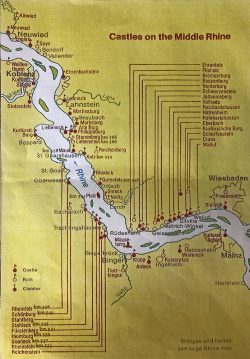 After our wonderful day in Wertheim yesterday, today we head to Braubach, Germany. Our destination is the Marksburg Castle but in this case, the journey is the highlight of our day – with a scenic cruise along the Middle Rhine River.
After our wonderful day in Wertheim yesterday, today we head to Braubach, Germany. Our destination is the Marksburg Castle but in this case, the journey is the highlight of our day – with a scenic cruise along the Middle Rhine River.
The scenery was fantastic and our Program Director Stein provided some commentary on the upper deck of our ship as we passed by many points of interest. He shared some background history and a few funny stories about some of the castles.
Great forests blanket the areas where there are no towns or vineyards. Yes, there are plenty of castles and churches (written with a roll of the eyes), but you have to admit they are pretty awesome. Houses ranging from modest to mansions line the shore – some brightly colored, but all seem neat and tidy.
In the photos below you’ll notice vertically-planted rows of grapevines, which is something different. This relatively recent practice has helped with hip and leg problems of folks picking grapes by hand, which is required on the steep slopes of this extreme landscape.
Looking at the map above, you’ll see just how many castles, ruins and churches flank the Middle Rhine. I’ll apologize in advance that I’m going to skip the time-consuming step where I name and tell a little about each one that is present in my boatload of photos. So click on the top left photo and advance through the entire gallery. Be sure to continue reading after this large group of photos, because I’ll have more details and photos of Marksburg Castle – one castle where we got a closer look. Enjoy!
Marksburg Castle
“Marksburg Castle is the only hilltop castle along the Rhine which has never been destroyed. In the UNESCO World Heritage Site of the Upper Middle Rhine Valley there is a castle to be found every 2.5 kilometres on average, with over 40 of them still more or less intact. Many can be seen along the riverbanks and hilltops, and a lot of them are open to visitors. The vast majority of these castles, however, are relatively recent constructions of the 19th and 20th century. Most medieval castles had become ruins due to destruction and abandonment, and had fallen into disrepair. During the age of Romanticism in the 19th century, many ruins were then rebuilt and remodelled, e.g. Rheinstein, Reichenstein, Stahleck, Sooneck, Katz and Maus, and Lahneck. Stolzenfels Castle, which can be seen just across the river from Marksburg Castle, too, is a significant Romantic creation – but at the same time, it is not a proper castle anymore. There are very few exceptions such as Pfalzgrafenstein and of course Marksburg Castle that have survived the centuries without destruction and which today provide us with a glance back into previous centuries.
The value and the significance of Marksburg Castle can be found in particular in its complete preservation as a medieval fortress. The impressive stronghold with most buildings dating back to the 13th to 15th century consists of wall rings containing keep, residential buildings, baileys and bastions all on top of a hill above the small romantic town of Braubach, and with its interesting, typical interior rooms such as castle kitchen, great hall, bedchamber, chapel, armoury, wine cellar and battlements it allows us to travel back into the Middle Ages.” – READ MORE
After two hours of relaxing on the upper deck watching castles pass by from afar, we looked forward to our next stop where we could see a castle up close. Those on the excursion to the castle left the Skadi in several busses, which got us partway up the hill. The rest of the way up was on foot as we followed the zig and the zag of a small road that was not large enough for busses. We were warned this was a strenuous excursion and that once inside, the walkways were treacherous and the hallways and stairways were narrow, dark and claustrophobic. I was so excited to see the castle that none of that scared me off.
Jim, on the other hand, had caught some sort of chest cold that was going around our ship. He decided he wasn’t up for a strenuous day and instead headed into Koblenz to find an apothecary for some cough drops and/or medicine. Of all days to be under the weather, this was probably the best one – since even on a good day, this tour may have been too much for his back.
From the castle’s 550-foot perch, the views of Braubach, the Rhine and the surrounding countryside are phenomenal. The outside of the castle has a spooky medieval look, but that was nothing compared to the inside!
In the photos below, the Riders’ Stairway was carved out of the bedrock centuries ago. Above it is a wall display showing the coats of arms of the various owners of the castle over the years. We head outside for a bit and then into a room with a fine display of cannons called the “Great Battery”. The large cannons are aimed at the Rhine river – in case of intruders.
We head outside again for more fantastic views of the Rhine River and then into a unique herb garden consisting of plants known in Europe in the Middle Ages, where some are important medical plants and spices, some were said to be used by witches, and others are poisonous.
We worked our way through the interior of the castle – the wine cellar, the kitchen (which was solely a place for the servants) and the Great Hall.
The 14th century chapel was the most beautiful room in the castle – with its painted walls and ceilings. Although quite small, it was only used by the noble family for daily prayers and services.
The armory was one of the highlights of the castle – although the lighting was terrible and photos were nearly impossible. The “Gimbel Collection” contains twelve life-sized figurines from 1880 and shows improvements in armour and weaponry over the years. The figurines that are not original pieces are extremely detailed replicas.
The horse stables used to be in the basement – the oldest part of the castle. Today, it houses a small exhibition about torture and punishment in the Middle Ages. For more information, or to see more photos, visit this website.
Elector’s Palace (below) was just a driveby, but it sure is beautiful. Originally built in the late 1700s, it was rebuilt in the early 1950s after its destruction in 1944. Today it houses public authorities and is not open to visitors, although it is available for prestigious events.
With only one more day before we leave for the Netherlands, Viking put on a festive “Taste of Germany” feast to celebrate our stay in this fabulous country. Several performers sang and played lively tunes from the region and enticed our captain, the rest of his crew and our wait staff to join in. We enjoyed a German beer and tapped our toes to German songs, while shots of this or that made the rounds.
Everyone joined in singing a German favorite “Ein Prosit.” “Ziggy Zaggy, Ziggy Zaggy, Oi Oi Oi!” is the ending to the song which doubles as a German toast to health and well-being. The Oi Oi Oi signals the crowd to take a drink, or chug a beer – whichever suits your mood. It was a great night and we got to try a few new foods, or replay some of our favorites from our stay here in Germany. Viking does know how to throw a party!
Next up: Cologne, Germany
Happy trails,
Barb

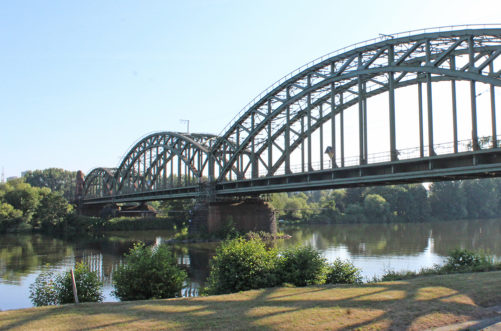



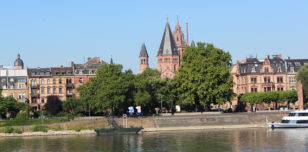

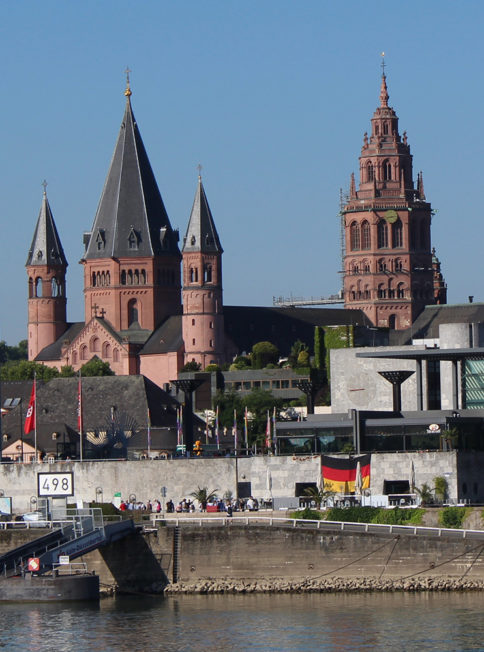
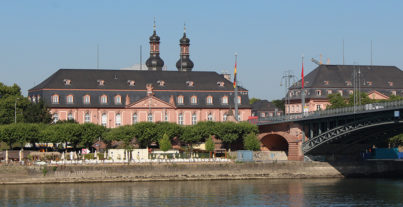
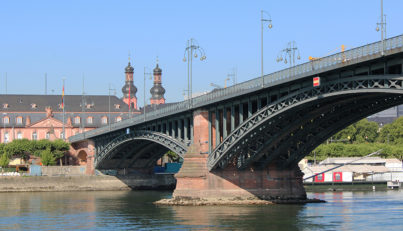
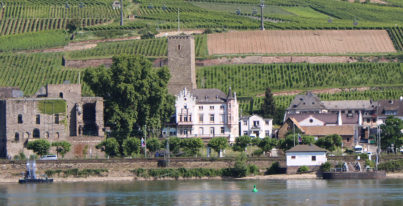
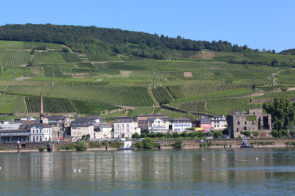
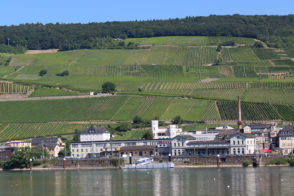
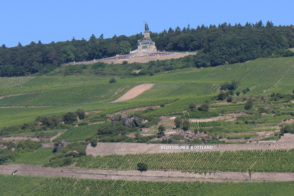
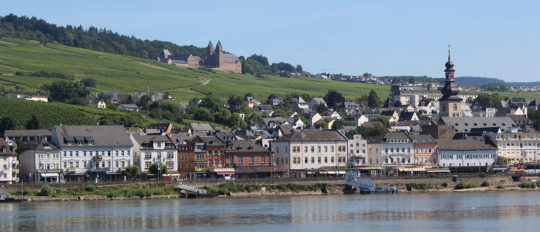
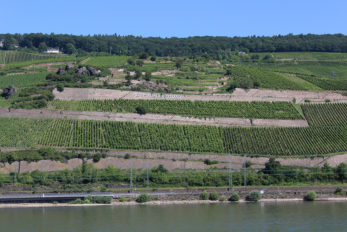

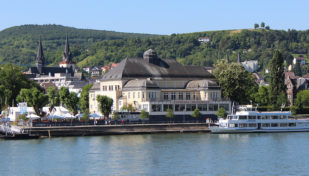

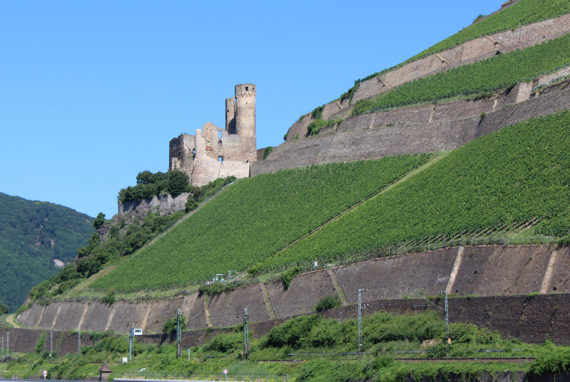
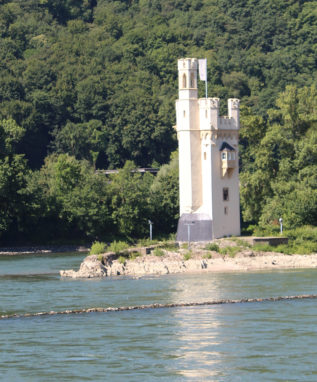


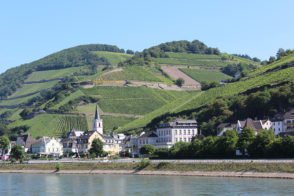
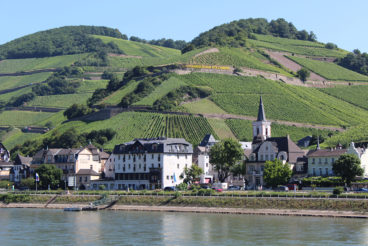


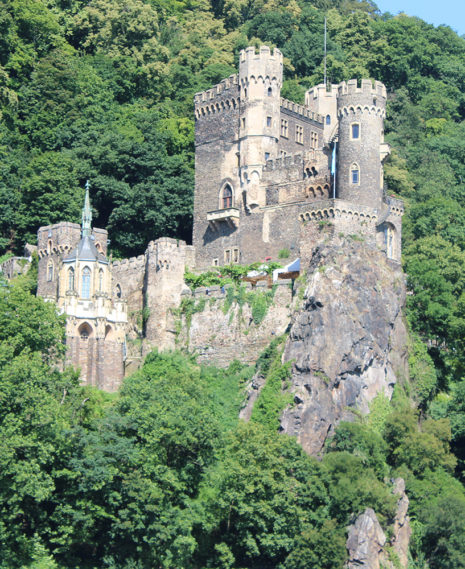

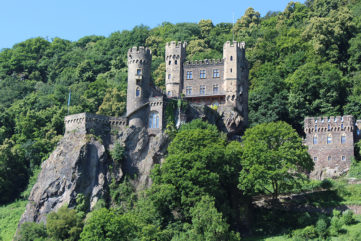
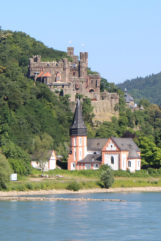




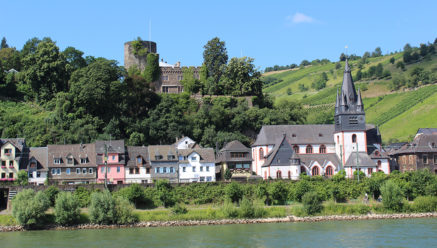
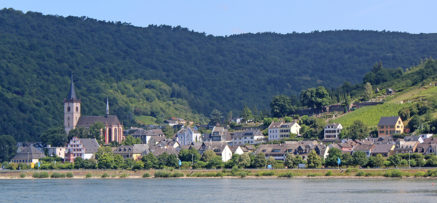
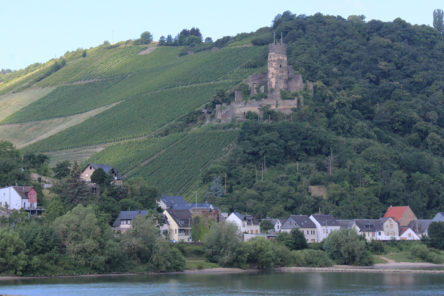


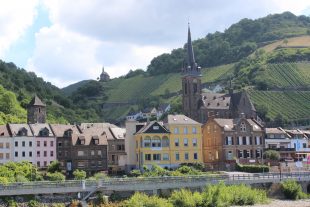
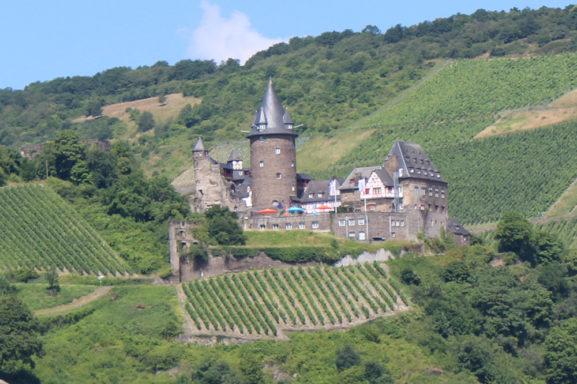

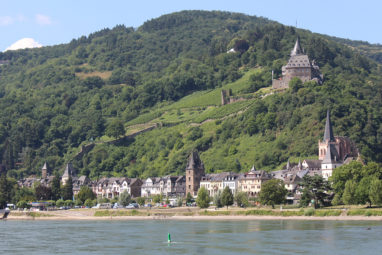


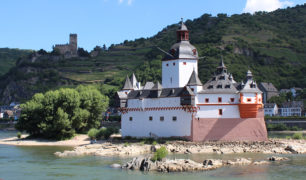
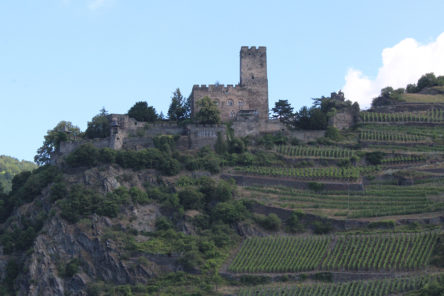
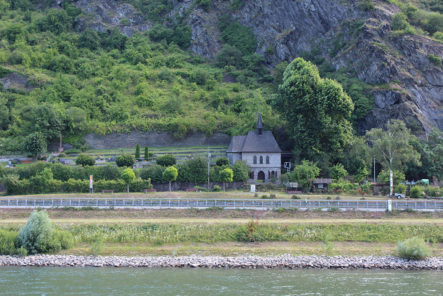

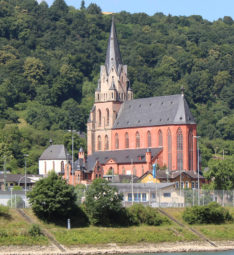
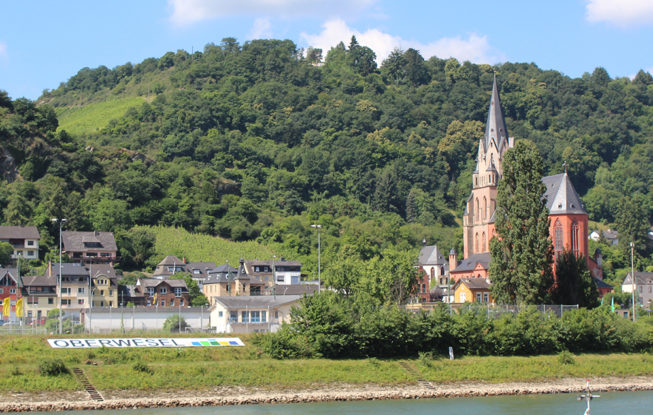
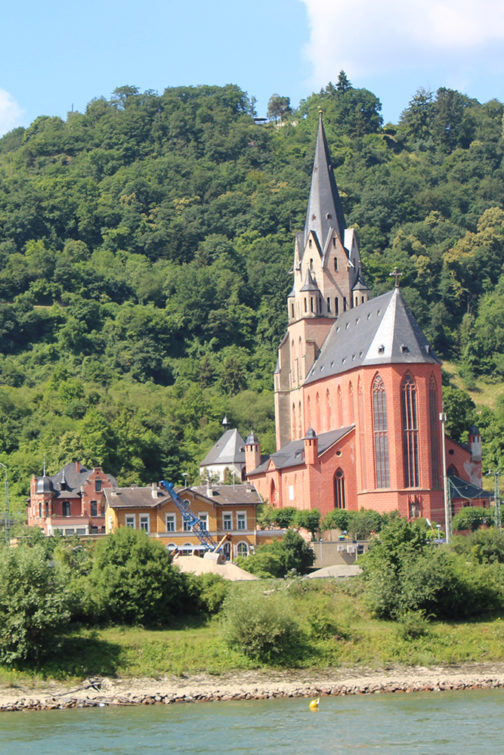
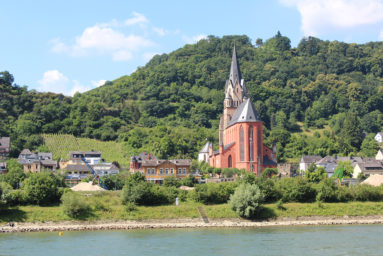
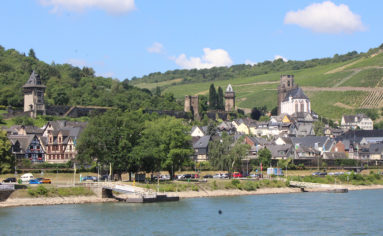
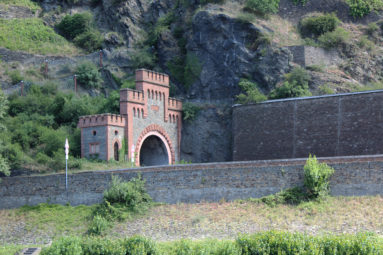
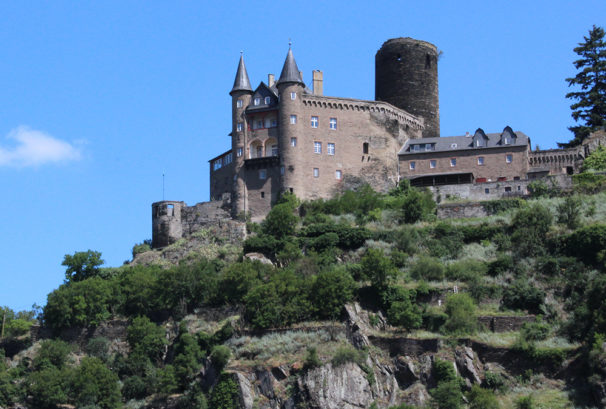

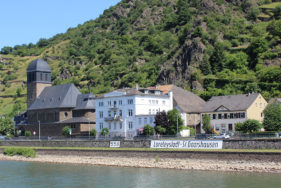
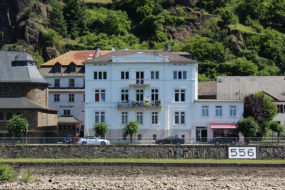
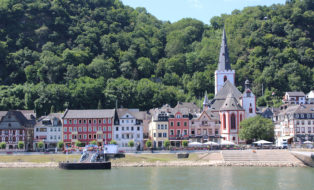
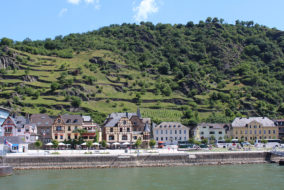
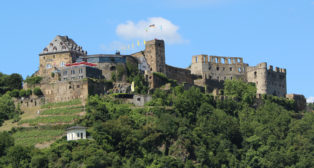

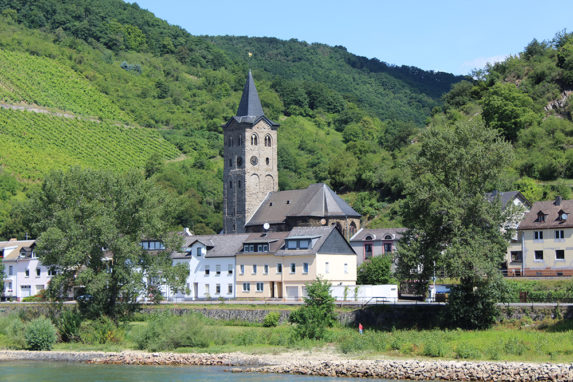
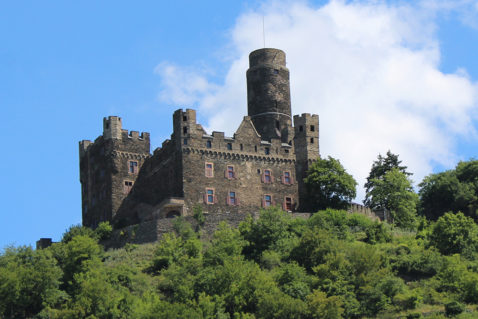

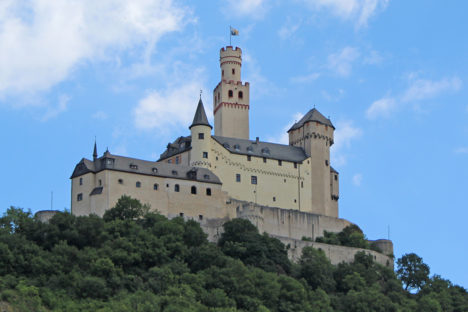

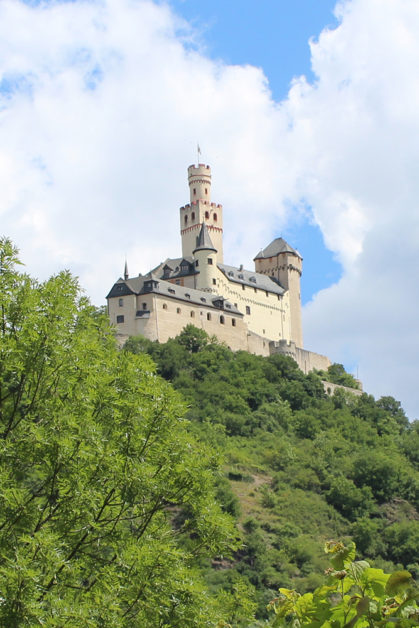
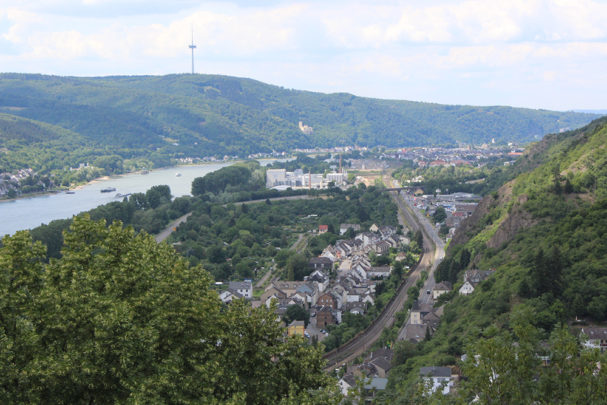

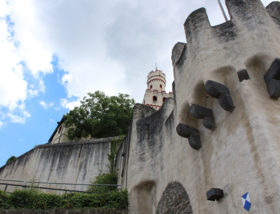
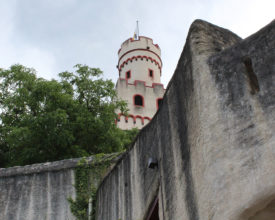
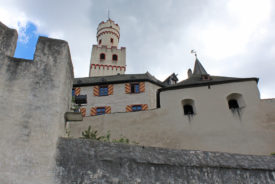

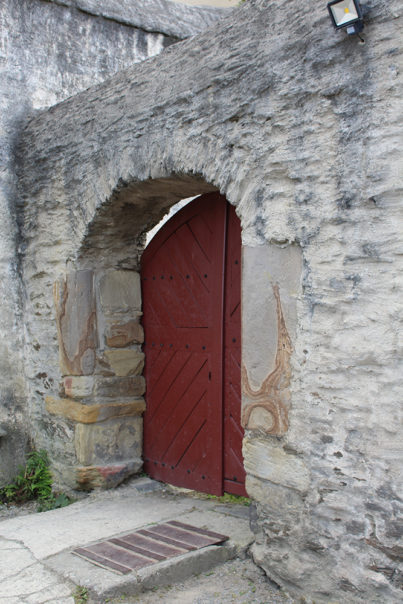
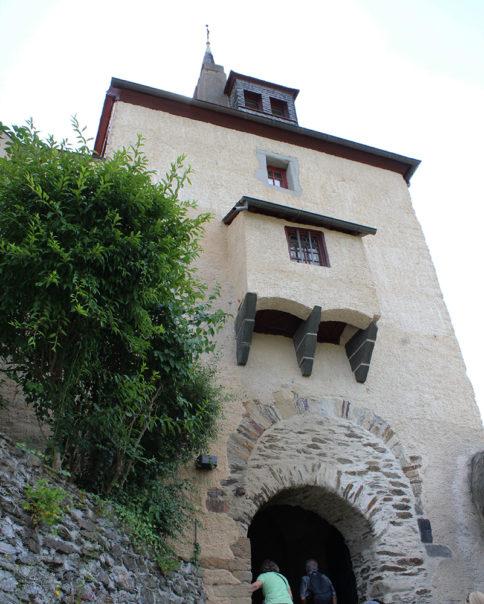
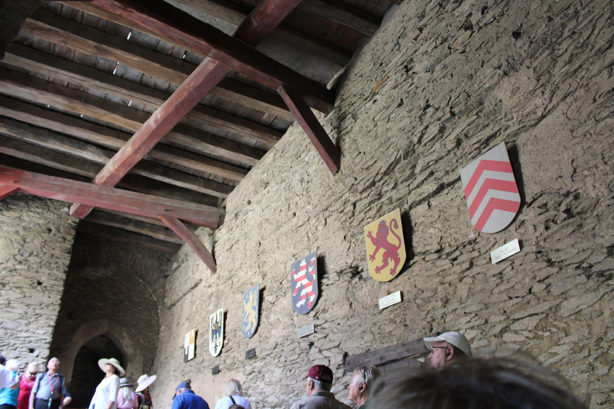

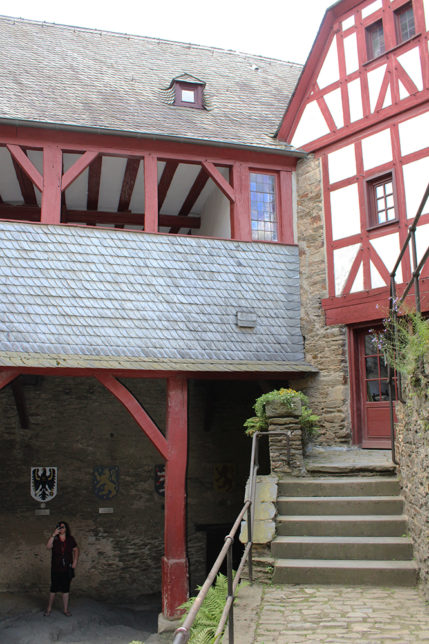




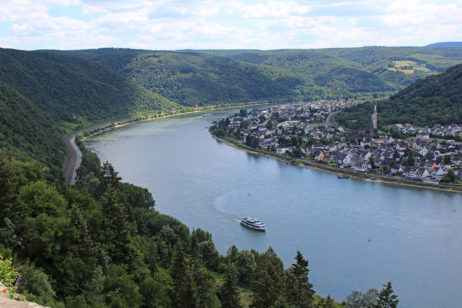


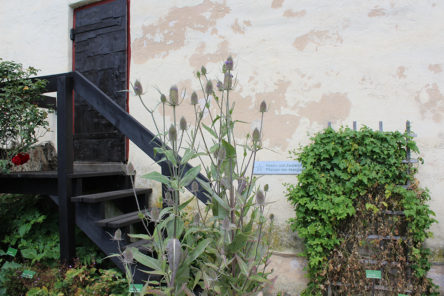
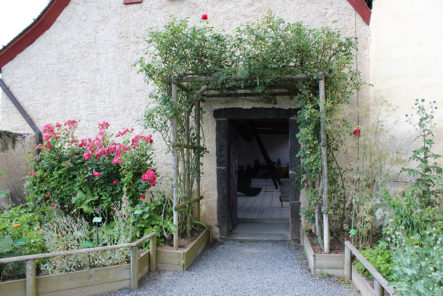

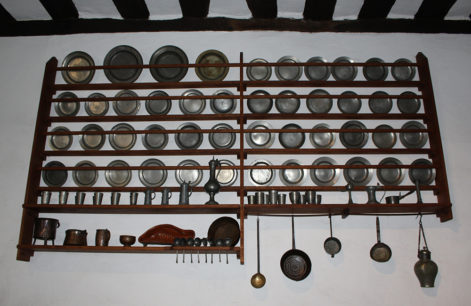

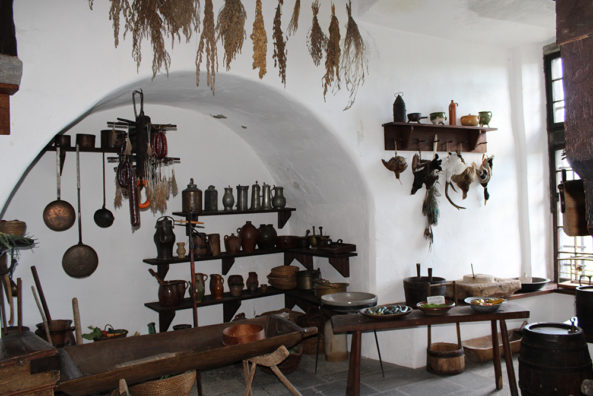
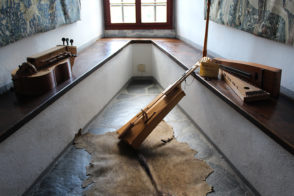
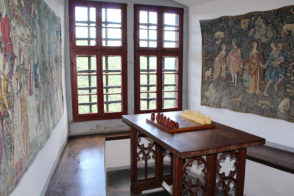

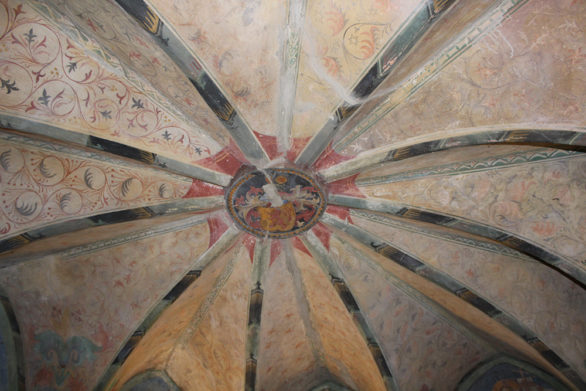
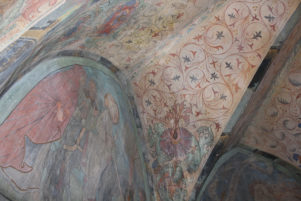
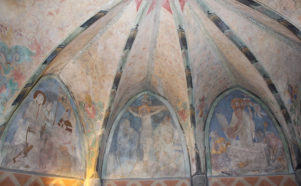
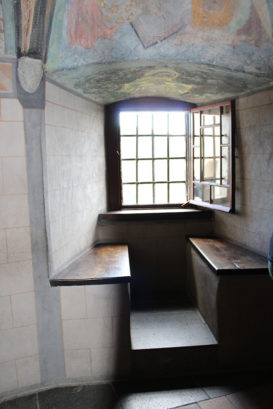
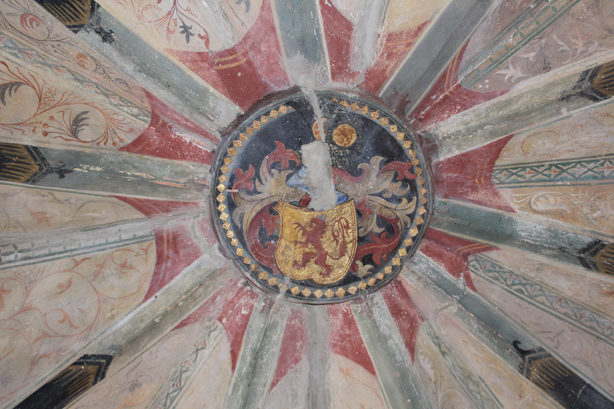


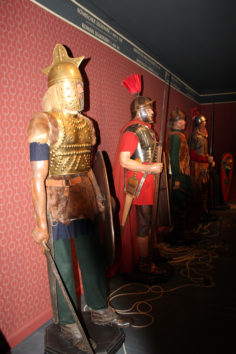

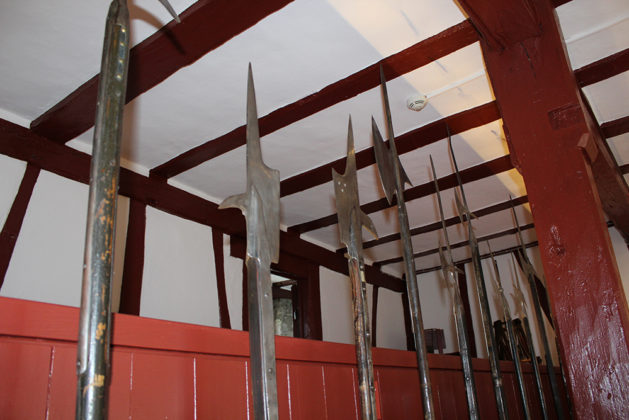
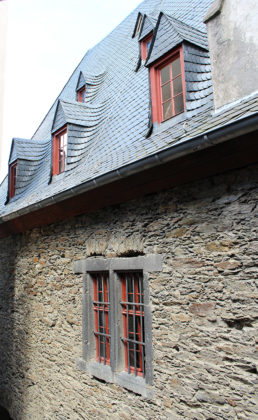
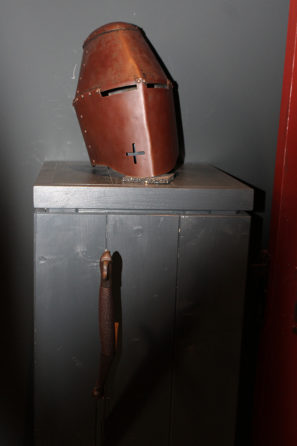
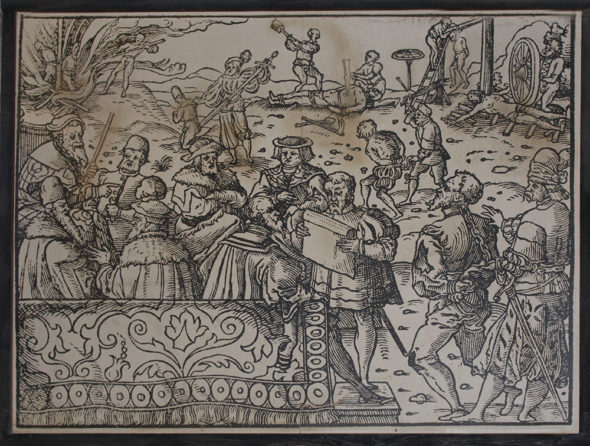
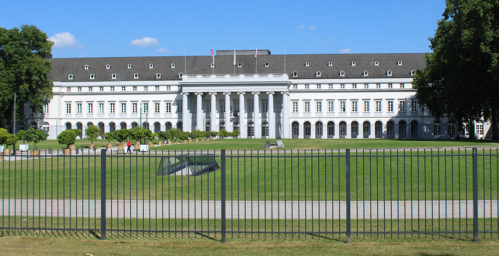
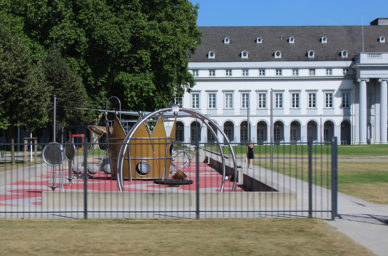
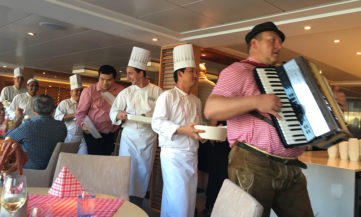









Comments are closed here.